Table of Contents
Child-resistant (CR) packaging is a critical compliance requirement for cannabis products across all regulated markets. However, not all packaging claiming to be child-resistant actually meets the rigorous standards required by law. Understanding how to verify third-party testing and certification can protect your brand from costly recalls, regulatory penalties, and potential liability issues.
Understanding CR Certification Requirements
Child-resistant packaging must undergo specific testing protocols to be considered compliant. According to established CR packaging standards, certification typically requires testing with both children and adults to ensure the packaging is difficult for children to open but accessible for adults.
The primary standard for cannabis packaging is the Consumer Product Safety Commission's (CPSC) protocol, which is based on the Poison Prevention Packaging Act (PPPA). This standard, often referred to as 16 CFR 1700, requires that:
- At least 80% of children under age 5 cannot open the package within 10 minutes
- At least 90% of adults can properly open and close the package
- Testing must be conducted with specific sample sizes and documented procedures
Major Certification Bodies and Testing Standards
Several recognized laboratories and certification bodies conduct CR testing. The most reputable include:
1. ASTM International
ASTM develops technical standards for a wide range of materials and products, including child-resistant packaging. Their standards often complement the CPSC requirements.
2. Consumer Product Safety Commission (CPSC)
While the CPSC sets the standards, they don't directly certify products. Instead, they recognize testing conducted by accredited laboratories.
3. Independent Testing Laboratories
Specialized labs like Tread Global, PTI, and CLC Labs perform testing according to CPSC protocols and issue certification documents.
The Verification Process for CR Packaging
When sourcing child-resistant packaging, follow these verification steps:
1. Request Documentation
Always request complete testing documentation from your supplier. This should include:
- Full test reports, not just certificates
- Testing protocols used
- Dates of testing
- Sample sizes and demographics
- Pass/fail rates for both children and adults
As we maintain our inventory of precision measurement tools for cannabis businesses, we apply the same verification standards to ensure all products meet industry requirements.
2. Verify Testing Laboratory Credentials
Check that the testing laboratory is accredited and recognized for CPSC protocol testing. Legitimate labs will have verifiable credentials and a history of CR packaging testing.
3. Match Exact Product Specifications
Ensure the tested product exactly matches what you're purchasing. Even minor variations in:
- Materials
- Dimensions
- Closure mechanisms
- Manufacturing processes
can invalidate certification. According to this guide on CR mechanisms, different closure types require separate certification.
Documentation Requirements and Red Flags
Legitimate certification documentation will include specific elements that verify authenticity. Watch for these red flags that might indicate problematic certification:
Warning Signs of Inadequate Testing
- Certificates without detailed test reports
- Missing test dates or extremely old testing dates
- Vague product descriptions that don't match your exact product
- Testing that doesn't reference CPSC protocols or 16 CFR 1700
- Documentation from unverifiable testing facilities
- Certificates covering multiple dissimilar products
Proper documentation is especially important when implementing custom branded packaging with CR features, as any customization may require new testing.
Maintaining Certification Records
Maintain a comprehensive file of all CR testing documentation, including:
- Original test reports
- Correspondence with testing facilities
- Product specifications that match the tested items
- Chain of custody documentation if available
These records are invaluable during regulatory inspections or in the event of any compliance questions.
Future Verification Trends in CR Packaging
The verification landscape for child-resistant packaging continues to evolve. Emerging trends include:
- Digital verification systems with QR codes linking to certification databases
- Blockchain-based verification to prevent document tampering
- Harmonized international standards to simplify multi-market compliance
- Enhanced testing protocols that account for new packaging innovations
As multi-state operators expand, having universally recognized verification systems becomes increasingly important.
By thoroughly understanding the certification process and implementing rigorous verification procedures, cannabis brands can ensure their child-resistant packaging meets all regulatory requirements while protecting both consumers and their business interests.

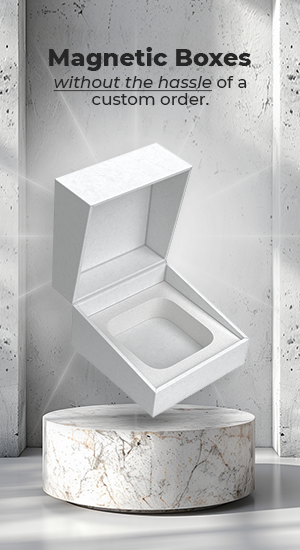
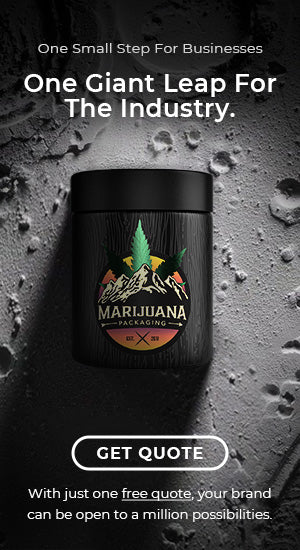

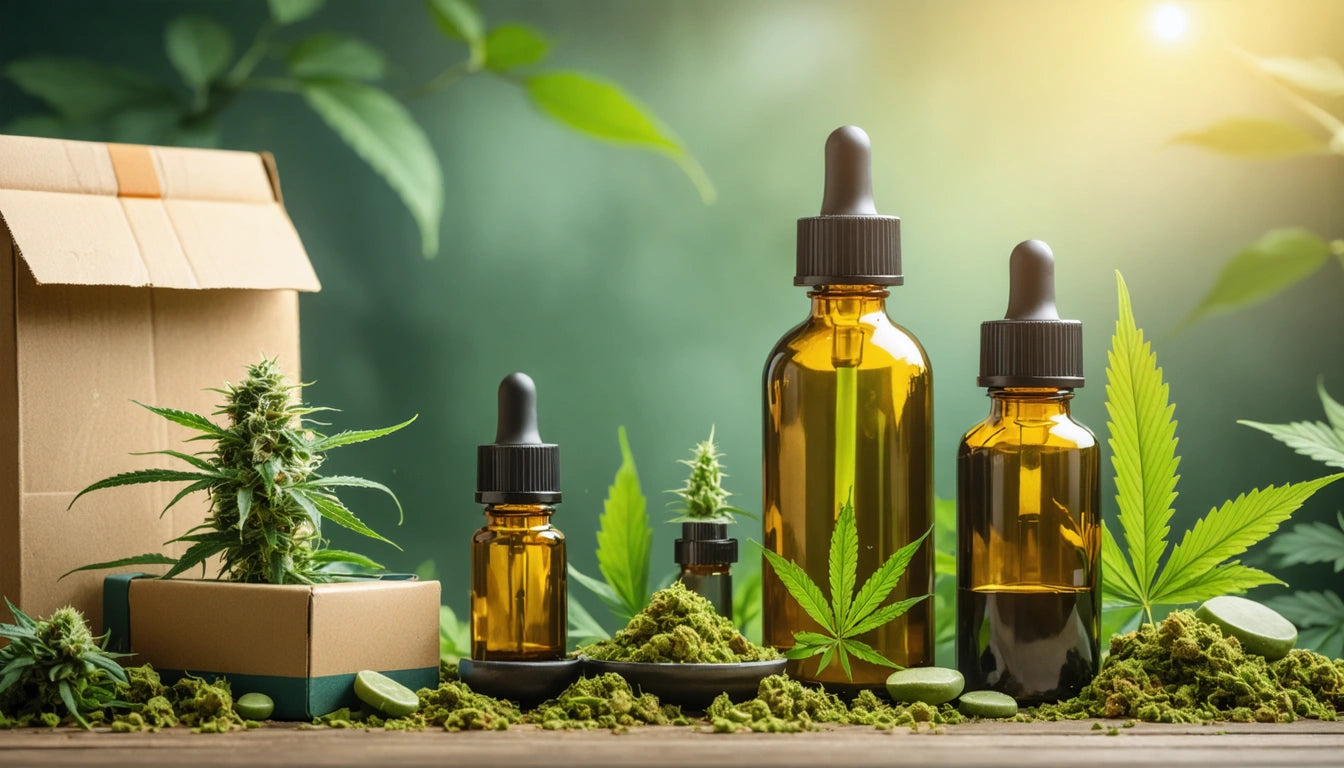

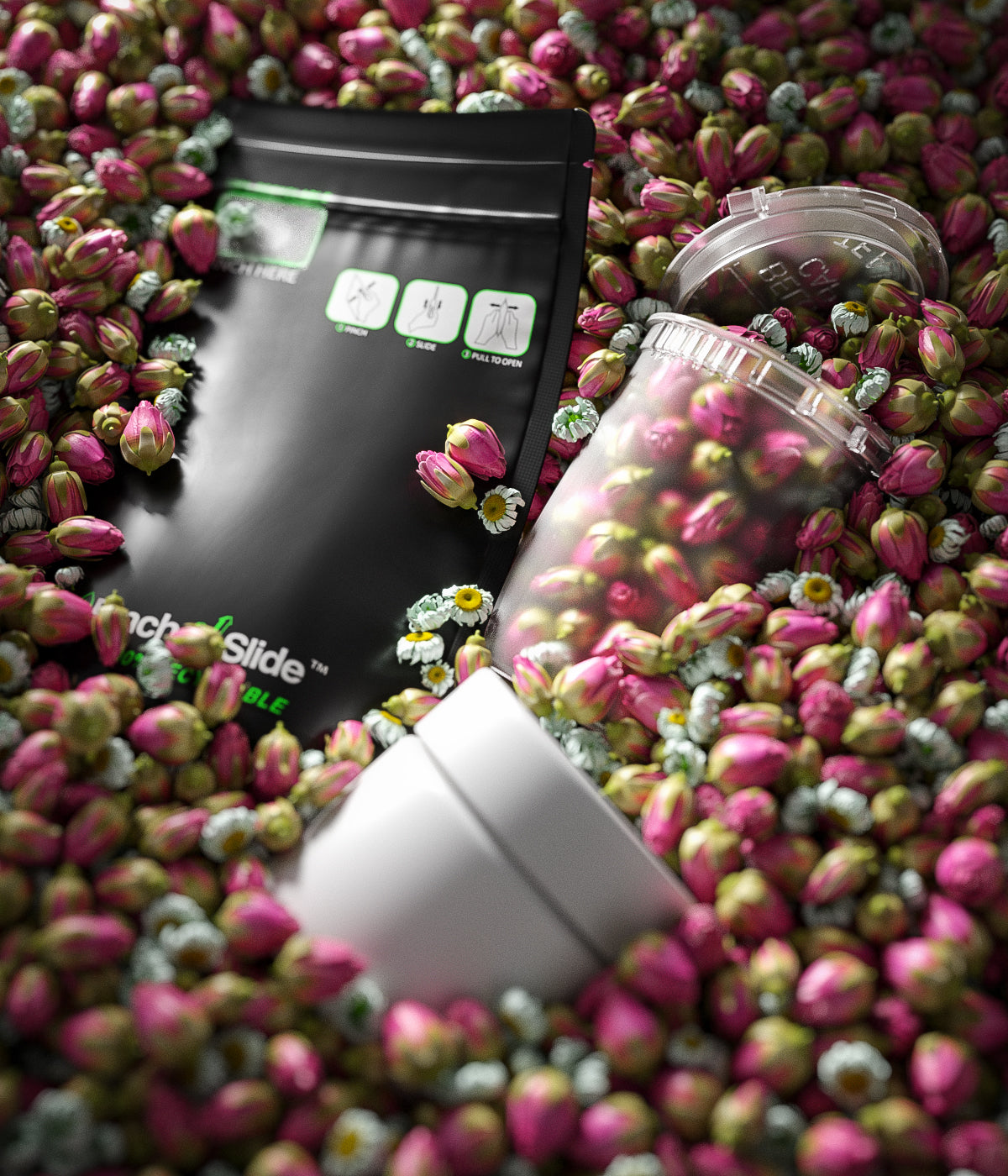
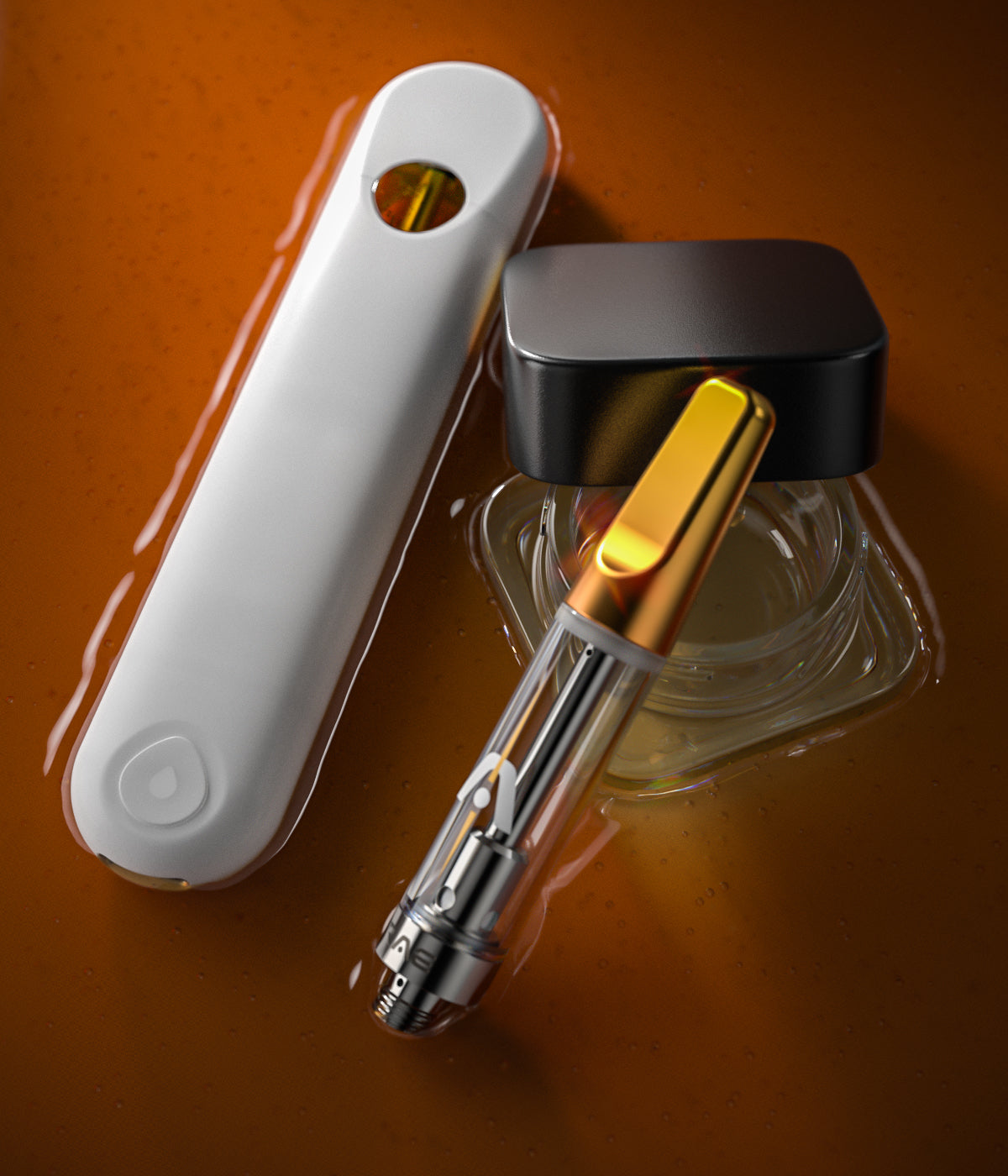
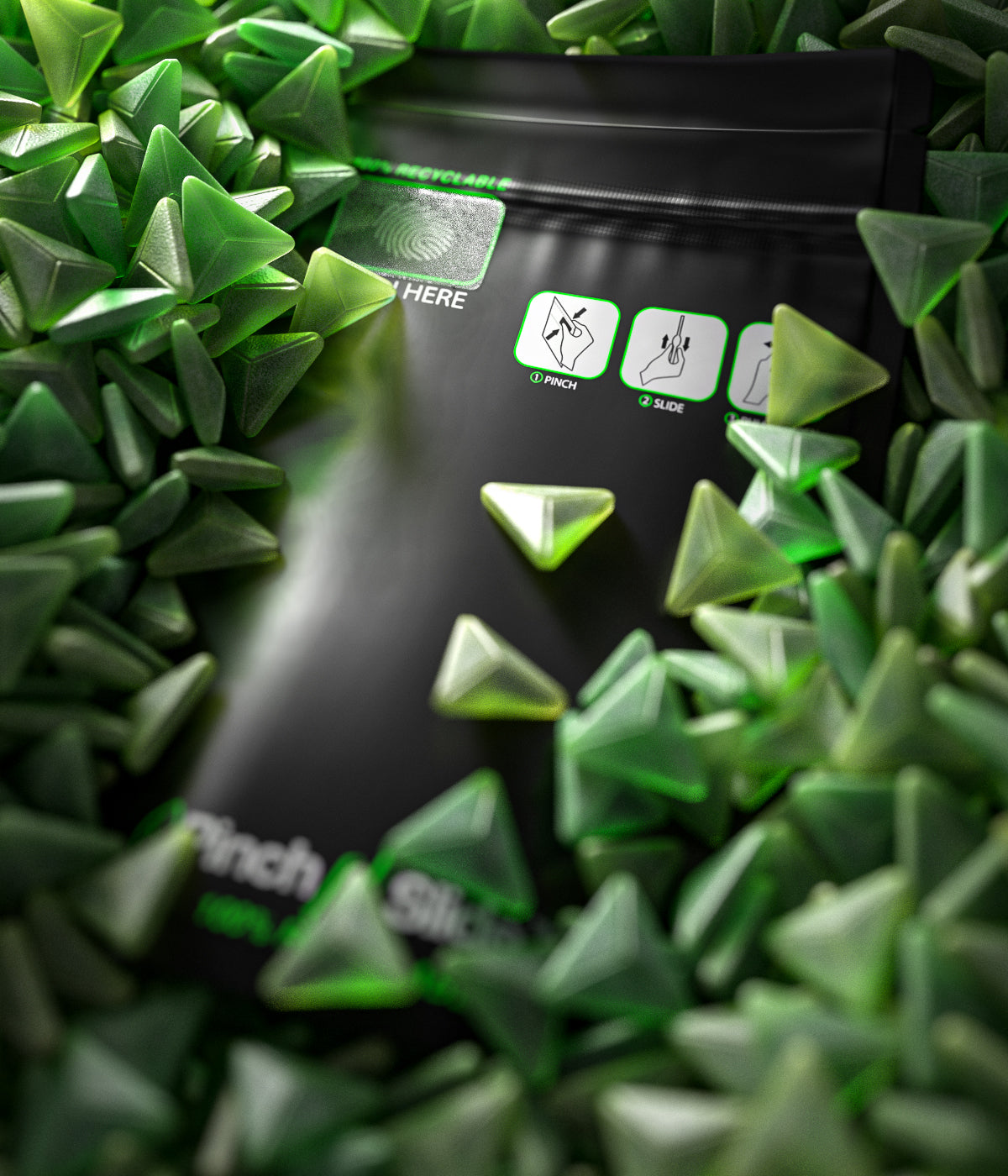
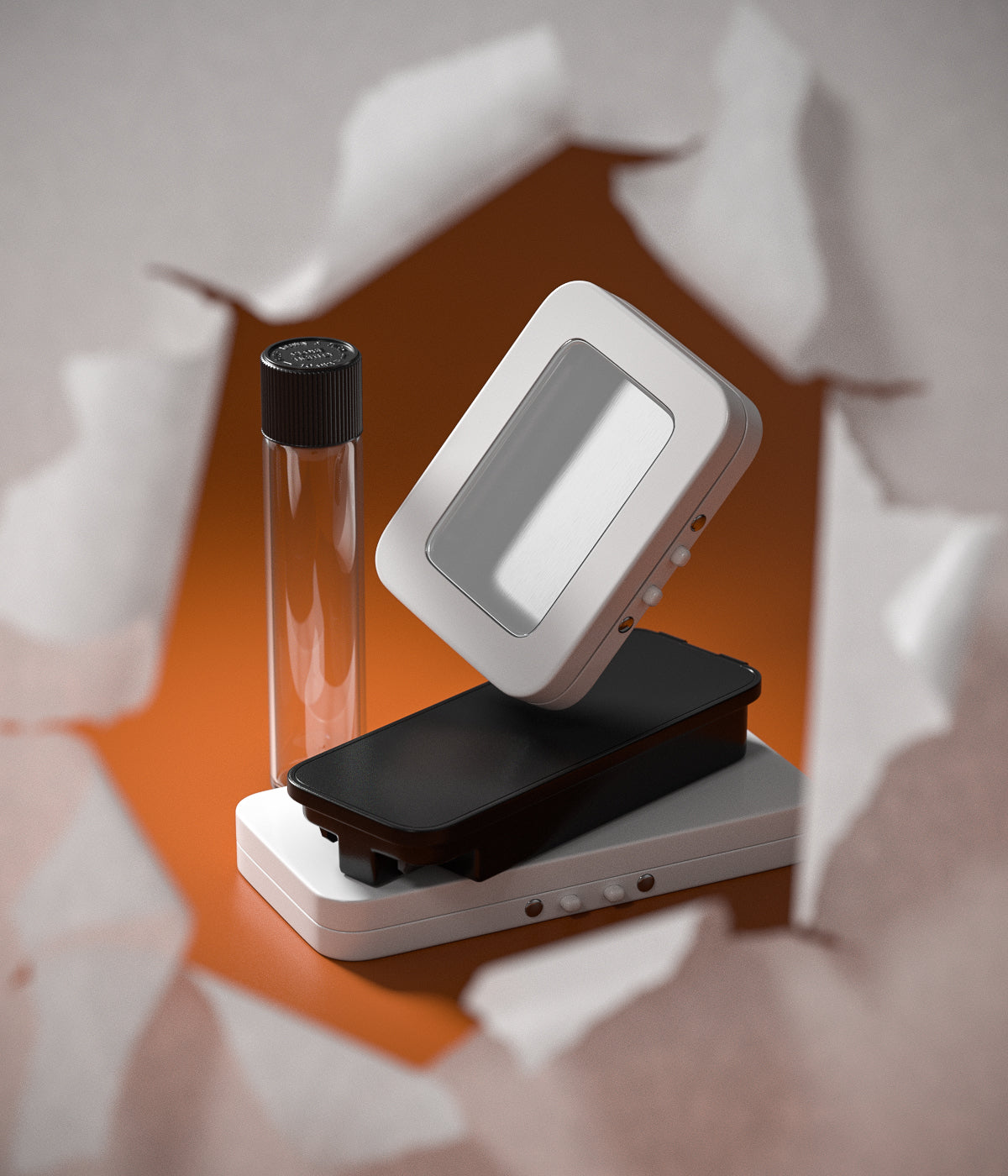
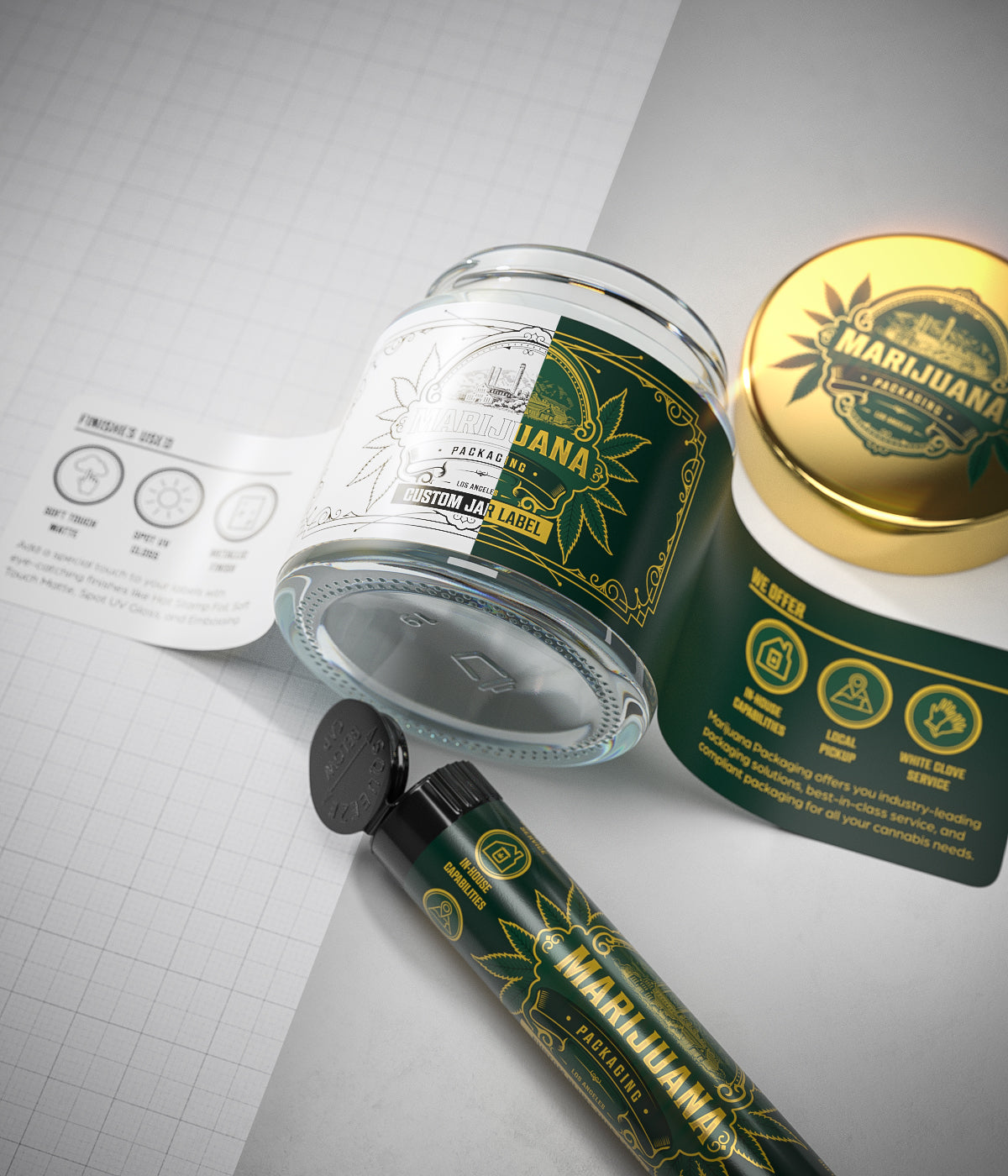
Leave a comment
All comments are moderated before being published.
This site is protected by hCaptcha and the hCaptcha Privacy Policy and Terms of Service apply.